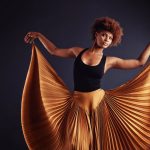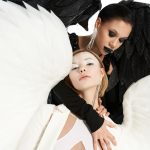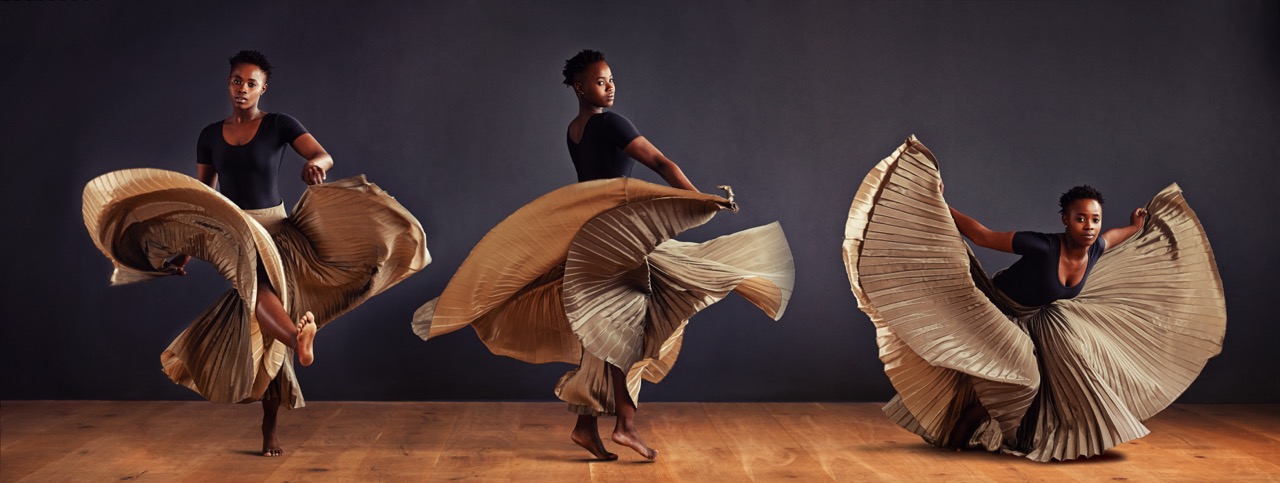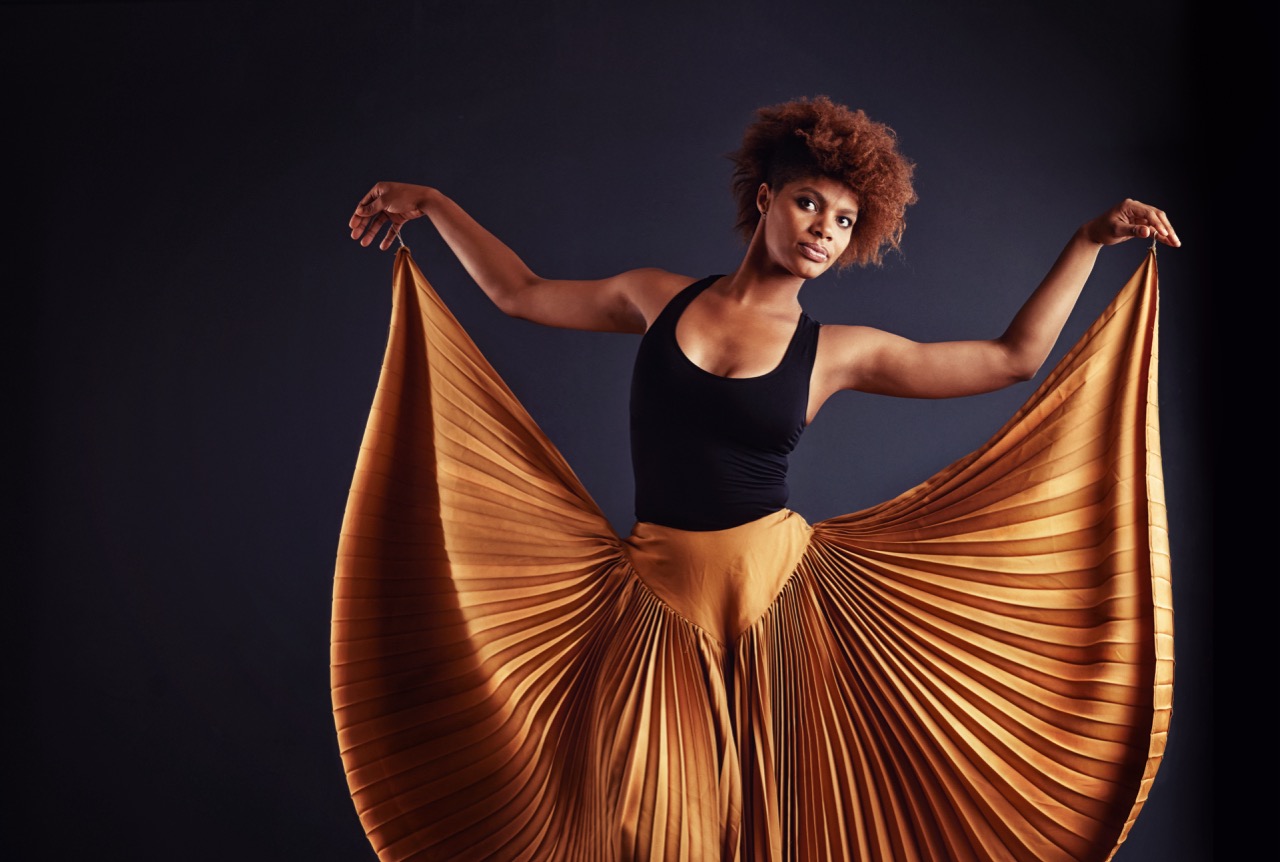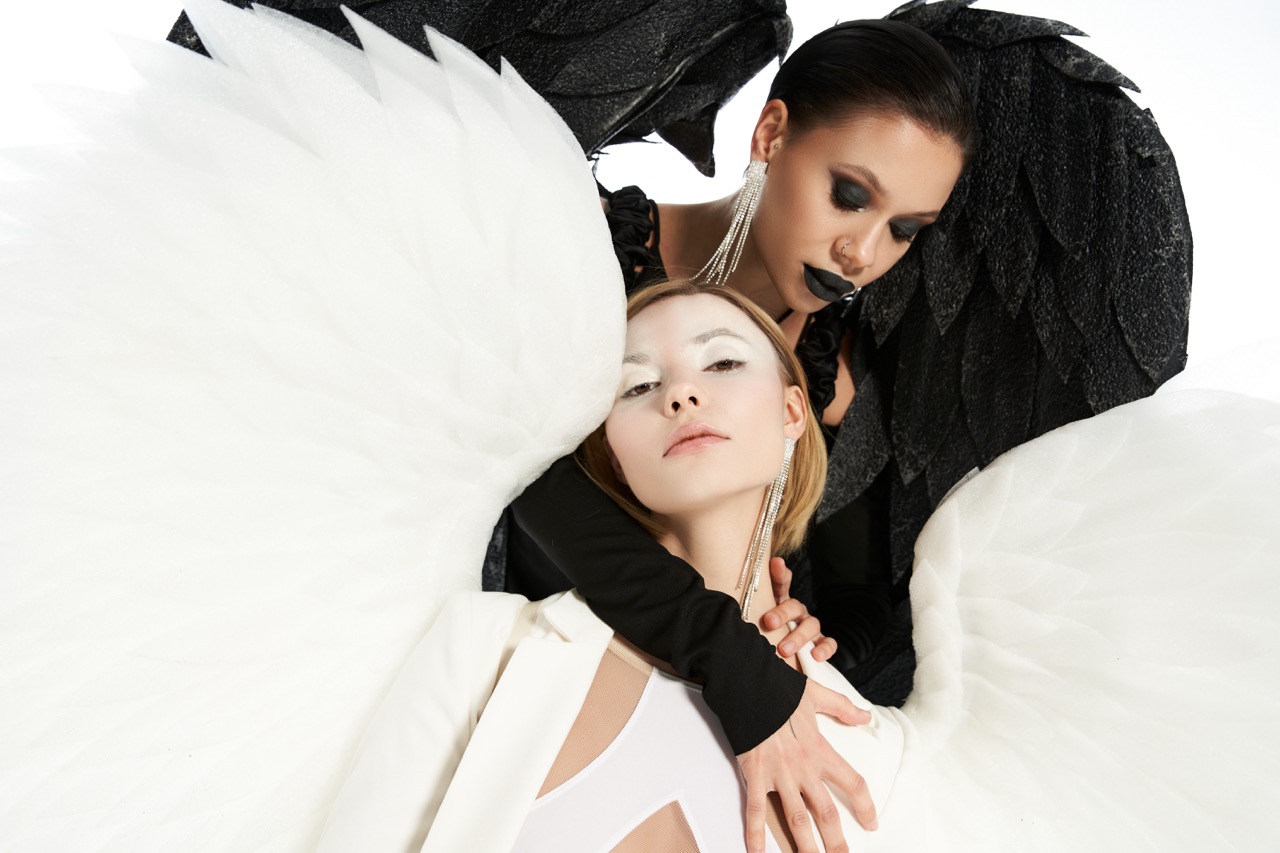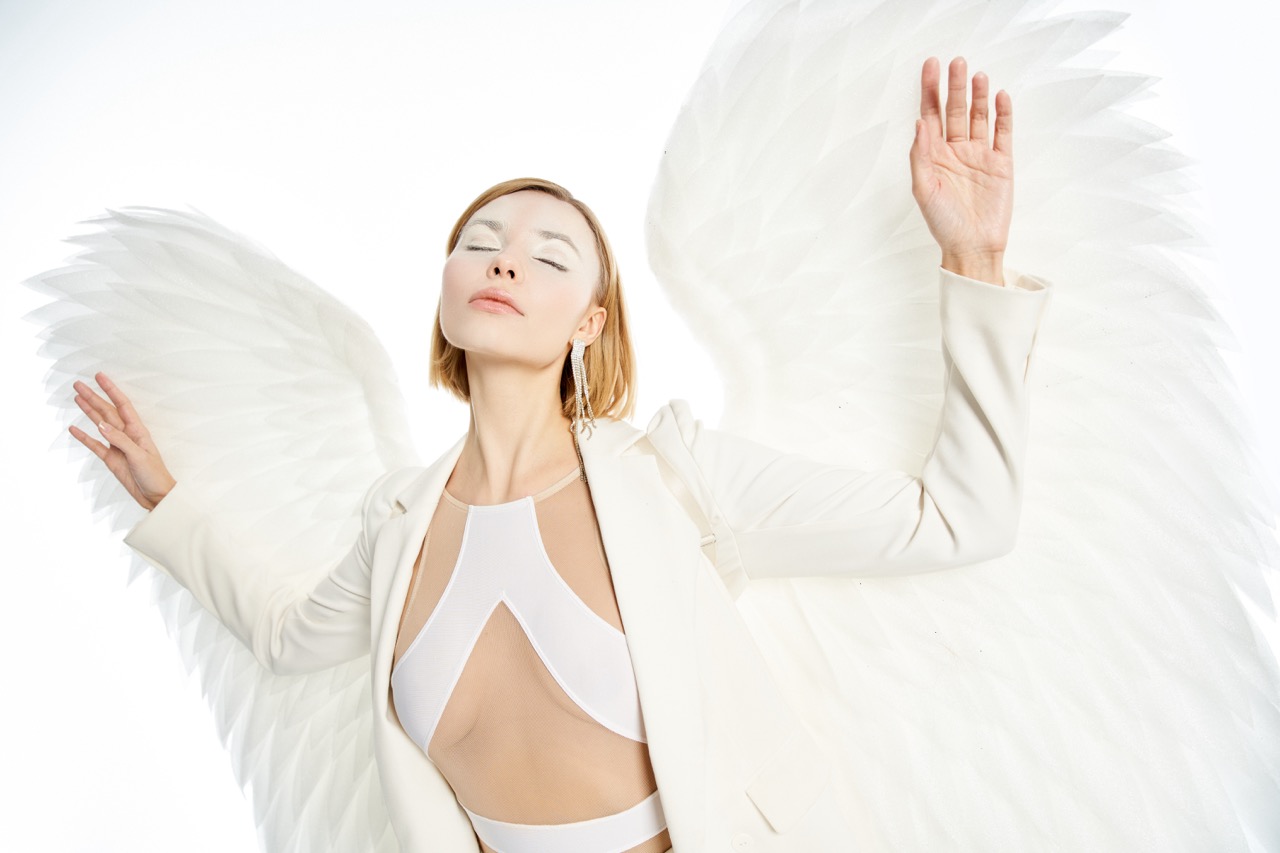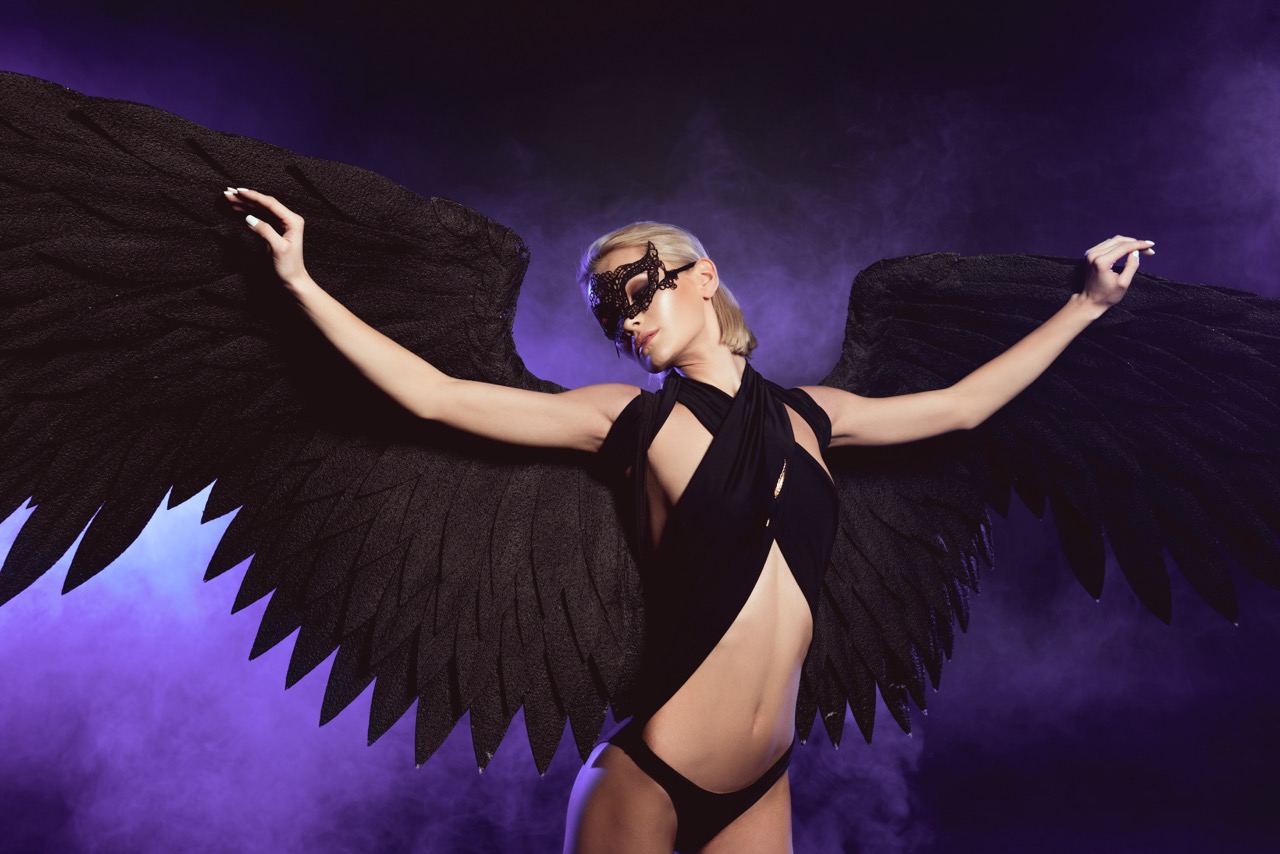The art of dance is a vivid expression of human emotion, and the tools dancers use to convey their stories are equally significant. Among these tools, dance wings—flowing, colorful fabrics—play a pivotal role in enhancing a performance. The interplay between movement and color can evoke various emotions, setting the mood for both the dancer and the audience. Understanding how the color of dance wings impacts the emotional landscape of a performance can deepen our appreciation of this art form. In this article, we will explore the psychology of color, the energizing effects of vibrant hues, the calming influence of subtle shades, and the transformative power of color palettes in crafting compelling narratives.
The Psychology of Color: Dance Wings and Emotional Impact
Color psychology delves into how colors influence perceptions and emotions, making it essential for dancers to carefully choose the hues of their wings. The brain processes colors in complex ways; certain shades can evoke specific feelings or memories, creating an immediate emotional response. For example, warm colors like red and orange are often associated with passion and energy, while cooler tones such as blue and green can evoke calmness and tranquility. This intrinsic relationship between color and emotion allows dancers to communicate not just through movement, but through the visual language of their costumes as well.
In dance, the colors of wings can amplify the intended message of a performance. A dancer using bright, warm colors may convey a sense of joy, exuberance, or urgency, while darker or muted tones may communicate introspection or melancholy. The emotional impact of color can transform a simple movement into an elaborate narrative, effectively allowing the audience to feel the performance on a deeper level. By understanding this connection, choreographers can enhance their storytelling, crafting performances that resonate emotionally and visually.
Moreover, the effectiveness of color in dance is contextual; the same hue can evoke different feelings depending on cultural interpretations and personal experiences. This dynamic quality adds layers of complexity to a dancer’s presentation. When a dancer selects their wings, they not only consider personal preferences but also the overarching themes of their performance to ensure a cohesive emotional experience.
Vibrant Hues: Energizing Movement and Boosting Spirit
Vibrant hues, such as bright reds, yellows, and electric blues, can create an energizing atmosphere that invigorates both the dancer and the audience. These colors are often chosen for performances that aim to inspire excitement and enthusiasm. The visual impact of vibrant wings can enhance the perception of movement, making each leap and twirl feel more dynamic and alive. They serve as a visual extension of the dancer’s energy, drawing the audience into the rhythm of the performance.
The effect of vibrant colors is not merely aesthetic; it has a physiological response as well. Bright colors stimulate the release of adrenaline, which can elevate the overall energy of a performance. This surge of energy is infectious, often resulting in an enthusiastic response from the audience. When dancers embrace vibrant colors, they often feel empowered and liberated, which translates into more expressive movement and a stronger connection to the viewers.
Furthermore, the use of vibrant hues can serve as an invitation for audience engagement. When colors pop against the backdrop of a performance space, they command attention and create a sense of anticipation. This connection between dancer and audience can transform a performance into a shared experience, where the energy and enthusiasm of the dancers ignite a similar spirit within the viewers, fostering a vibrant, collective atmosphere.
Subtle Shades: Calming Effects and Graceful Flow
On the other end of the spectrum, subtle shades such as soft pastels and muted tones can create a calming and serene atmosphere in a dance performance. These colors are often employed in slower, more contemplative pieces where the focus is on grace and fluidity. The gentle nature of these hues can evoke feelings of tranquility, inviting the audience to experience a sense of peace and introspection alongside the dancer.
The calming effects of subtle shades are deeply rooted in color theory, where soft blues and greens are often associated with nature and relaxation. When dancers don wings in these hues, they can create a serene visual environment that complements the elegance of their movements. The coordinated interaction between the dancer’s flow and the calming colors can evoke emotional responses from the audience, allowing them to connect on a deeper level with the performance.
Moreover, the use of subtle shades can enhance the overall aesthetic of a performance, allowing the audience to appreciate the nuances of movement without distraction. The graceful flow of a dancer combined with soft shades creates a mesmerizing effect that encourages viewers to lose themselves in the art of dance. This tranquil experience is essential in performances that aim to evoke contemplation, reflection, and a connection to the human experience.
Transformative Palettes: Crafting Stories Through Color
The magic of dance wings lies in their ability to transform not just the dancer but the entire narrative of a performance through color. By utilizing a range of hues, choreographers can craft intricate stories that resonate with the audience. Each color palette tells its own tale, guiding viewers through a spectrum of emotions and experiences. For example, a dance that transitions from dark, muted tones to bright, vibrant colors can symbolize a journey from despair to hope, allowing audiences to feel the transformation alongside the dancer.
Incorporating multiple colors into a single performance can also create a dynamic visual experience. Dancers can use their wings to shift between moods and themes, with color acting as a visual cue for the audience. This technique not only enhances the storytelling aspect of dance but also encourages viewers to engage more deeply with the narrative. A well-executed color transition can evoke surprise, joy, or even sadness, enriching the emotional tapestry of the performance.
Finally, the transformative power of color extends beyond the performance itself, influencing the overall reception and interpretation of the piece. The colors selected can spark conversations and insights among audiences, inviting them to share their personal interpretations and emotional connections. This dialogue fosters a deeper appreciation for the art of dance and highlights the significance of color as an essential element in crafting stories that resonate with the human experience.
In conclusion, the color of dance wings plays a vital role in shaping the mood and emotional landscape of a performance. From the energizing effects of vibrant hues to the calming influence of subtle shades, the psychological impact of color cannot be underestimated. By exploring transformative palettes, dancers and choreographers can craft compelling narratives that evoke a wide range of emotions, deepening the audience’s connection to the performance. As we continue to celebrate the artistry of dance, it is essential to recognize and appreciate the powerful role that color plays in this expressive form, enriching our understanding and experience of movement and emotion.
